You can trust Cyclingnews
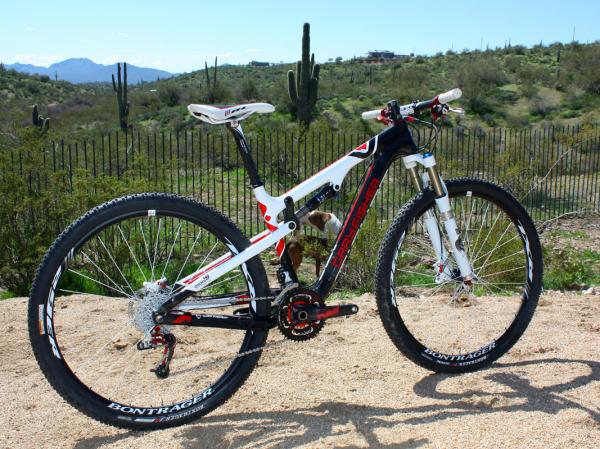
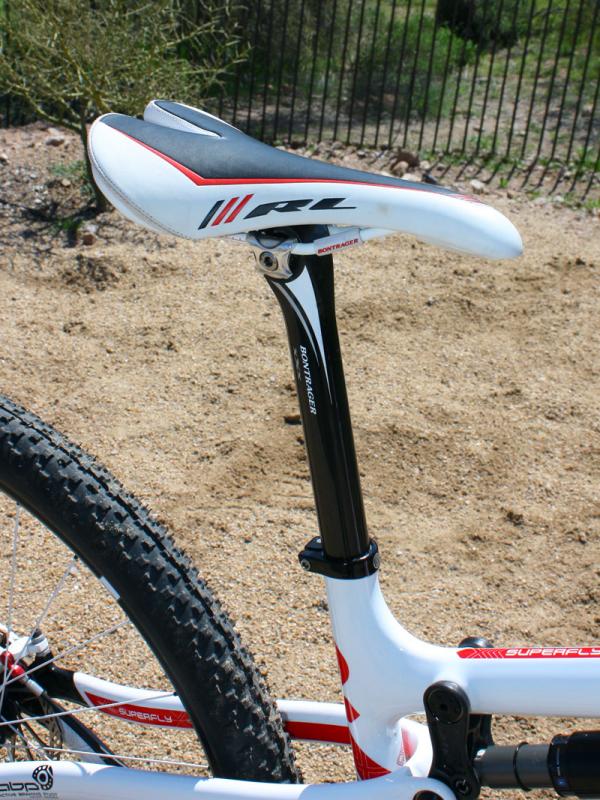
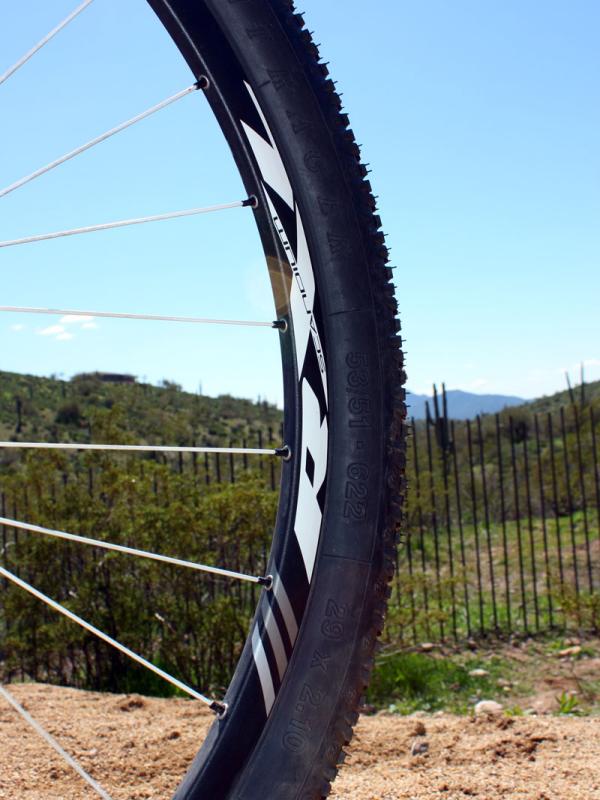

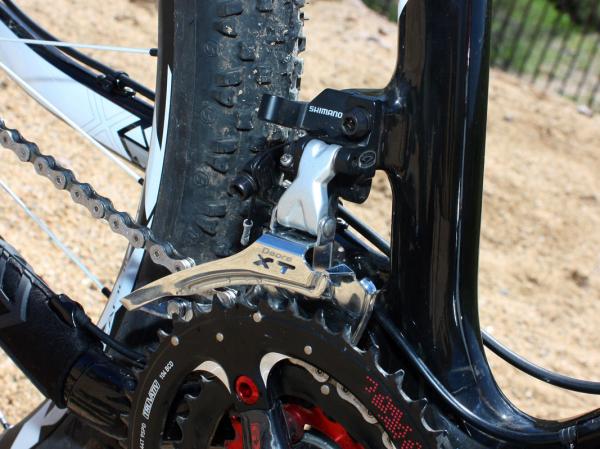
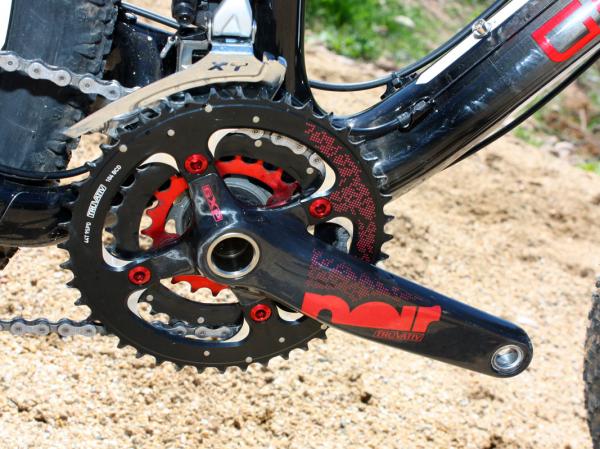
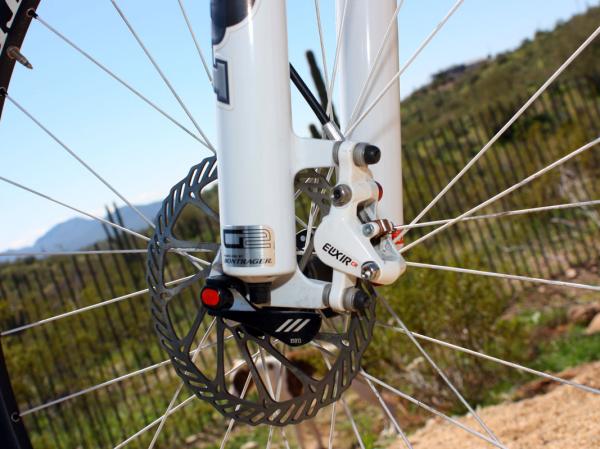
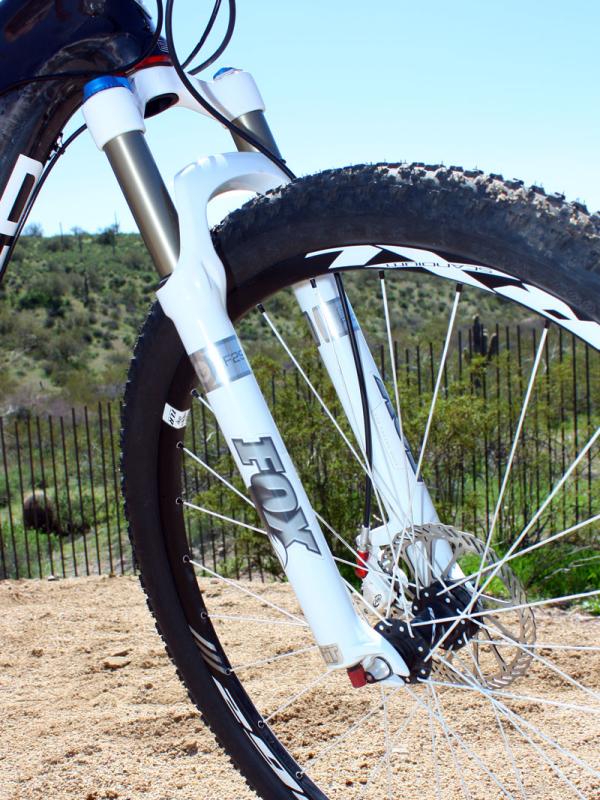

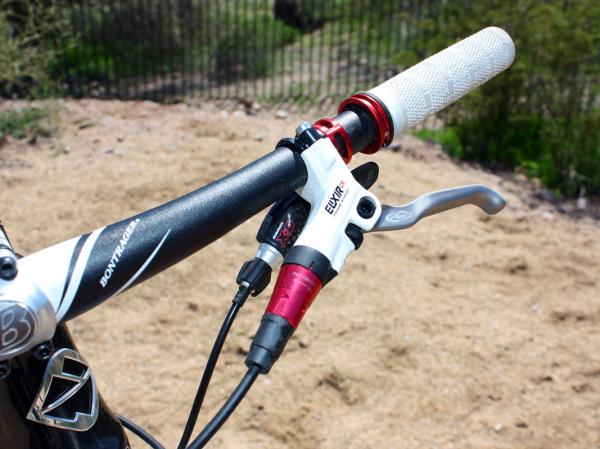
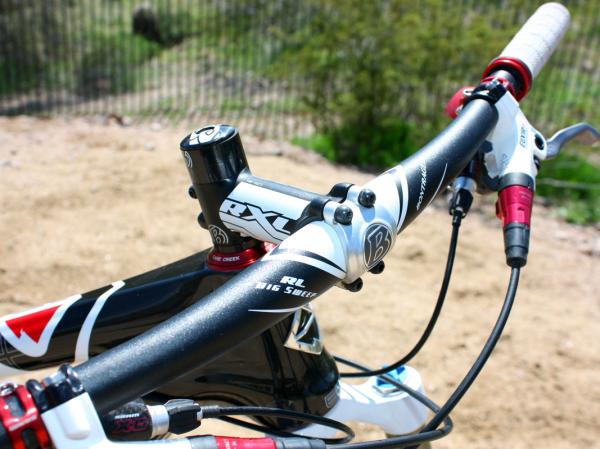
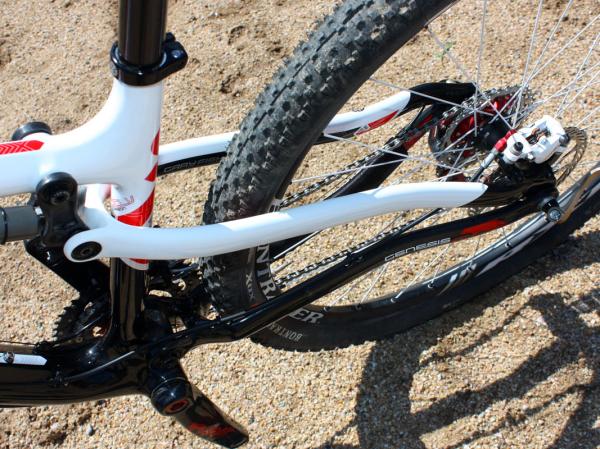
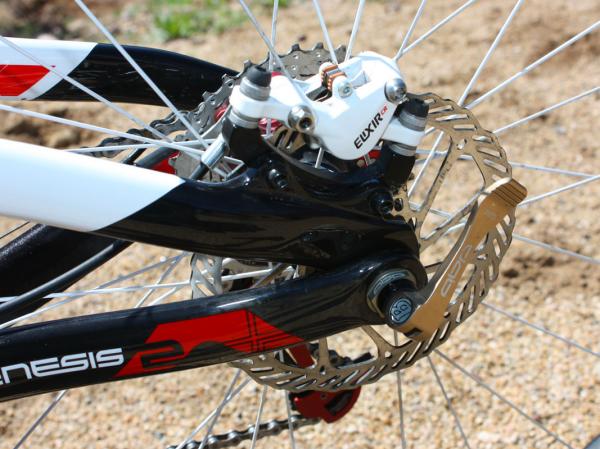


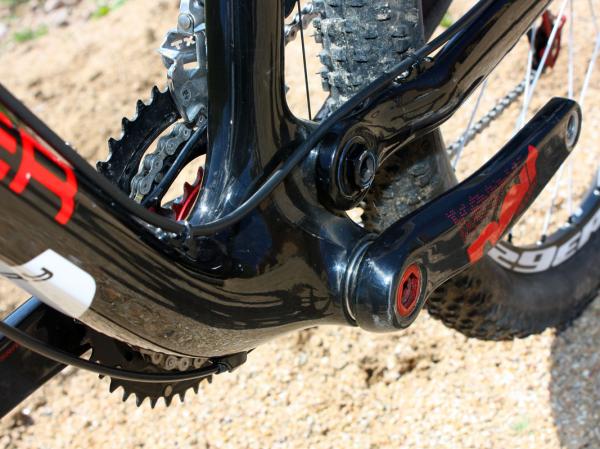
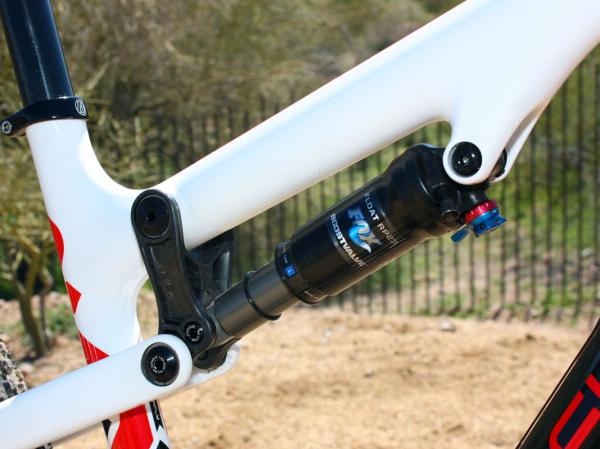
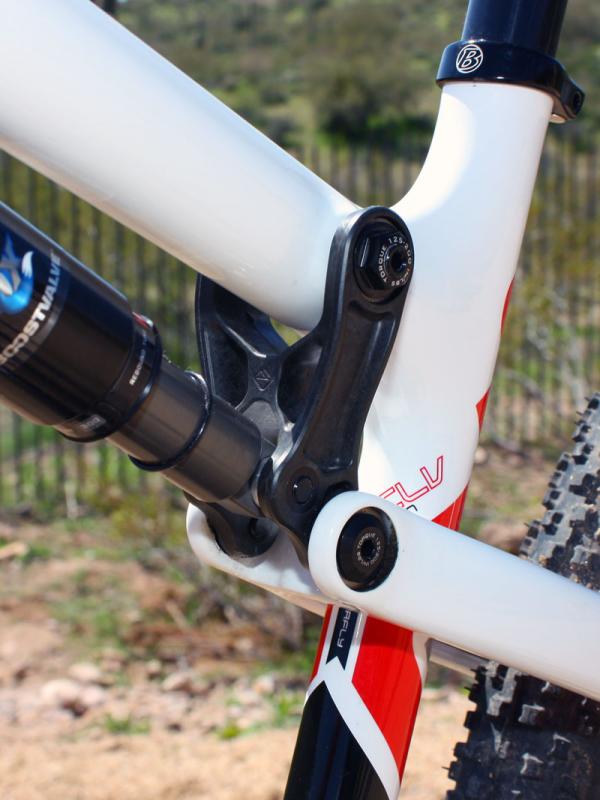

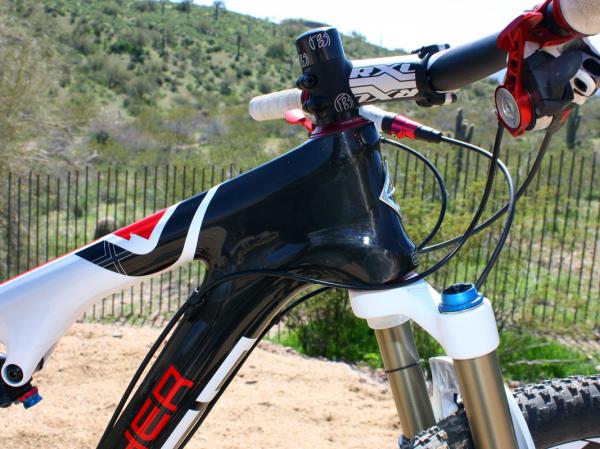

Gary Fisher's Superfly 100 flagship goes a long way towards dispelling many of the myths sceptics have created in an effort to downplay the virtues of the 29er. It's light, fast and supremely agile – and yet with a little bit of spec tweaking is still versatile enough for either full-blown cross-country racing or just spending all day on the trails.
Ride & handling: Big wheels when you want them but (mostly) not when you don't
The Superfly 100's greatest trick is masking the bigger wheels' (29in rather than the normal mountain bike size of 26in) typically slower handling. In spite of what you may think 29ers are supposed to feel like, the Superfly 100 is quick to change direction on fast, twisty singletrack, yet surprisingly adept at low-speed uphill or downhill switchbacks.
Combined with the bigger wheels' generally better traction and ability to steamroll trail obstacles plus a low bottom bracket, we found ourselves carrying more speed not only on the wide-open sections but also through most corners – and then exiting them with more vigour.
Pedalling performance is good too, and especially with the speed-oriented stock tyres in place (more on that later), the Superfly 100 is a competition-worthy rig. Stomp on the pedals and it moves forward with the authority you'd expect from a race machine, regardless of wheel diameter, and the front end's rock-solid stiffness means you can torque the bars to your heart's content with little noticeable twist. Likewise, it tackles technical climbs with uncanny prowess, clawing its way over square-edged rocks and maintaining a surprising degree of grip.
Also aiding the bike's quick reflexes under power is the taut and athletic-feeling rear suspension, which is impressively capable on medium-to-large impacts in spite of just 110mm of wheel travel but clearly tuned more on the efficiency end of the spectrum rather than pure bump-eating. Thankfully, the larger wheels' shallower angle of attack takes care of most of the trail chatter on their own so it isn't much of an issue.
Oh, and did we mention yet that the Superfly 100 is light? Total weight for a stock medium bike is just 11.05kg (24.36lb) without pedals and the bare frame and rear shock come in at only 2,170g (4.78lb) – impressive numbers for any full-suspension machine, regardless of wheel size, and the lack of mass is especially noticeable on longer ascents.
Some limitations start to present themselves as the terrain gets rougher, though. In spite of Gary Fisher's frame engineers' efforts to the contrary and the robust pedalling platform, there's noticeable torsional flex in the rear end on fast and rocky descents as the rear wheel struggles to stay in-plane. In addition, the asymmetrical rear end tends to flex to one side when trying to load the suspension on G-outs in mid-corner, which can make for some unpredictability when charging hard.
That low bottom bracket that's so welcome in fast corners also places the cranks and pedals in a more vulnerable position, and we definitely smashed into a few more rocks and boulders than usual (FYI, Race Face's 'Keith the Sheath' crankarm protectors also fit on the Truvativ Noir arms).
Frame: Lots of carbon and virtually nothing else
Gary Fisher didn't hit that feathery frame weight by tossing a lot of extra material into the formula, and aside from the pivot and dropout hardware, nearly everything is carbon fibre, from the suspension mounting points to the bottom bracket bearing seats to the rear dropouts. As already mentioned, the front triangle is a truly massive construct and contributes greatly to the Superfly 100's pedalling efficiency, precise steering and reassuringly solid feel under hard braking.
Up front is a tapered 1-1/8in to 1-1/2in head tube while down below is an extra-wide bottom bracket shell with drop-in bearings. Joining the two is an enormous down tube that measures nearly 80mm across at its broadest point and a whopping 180mm in circumference. Offsetting the seat tube forward at the bottom bracket helps keep the chainstay length a more manageable 452mm (just 25mm longer than on a 26in-wheeled Trek Top Fuel) while the G2-offset fork crown lends a more nimble trail dimension for noticeably diminished wheel flop without having to resort to a funky-feeling super-steep head angle.
The all-carbon rear end includes rather tall chain- and seatstays joined together with Trek's proven Active Braking Pivot dropouts, and even the shock linkage is a feathery compression-moulded carbon fibre bit that weighs just 44g. The stays' wide spacing and relatively narrow profiles make for tons of tyre and mud clearance but as a consequence, they're not especially rigid laterally or in torsion. Add in the seatstays' long path from the dropouts to the shock linkage and the unwanted movement we felt on more demanding test rides perhaps isn't too surprising.
Equipment: Competition-ready parts spec
The frame's racy nature is further bolstered by the build kit, which consists of a mix of SRAM and Shimano bits, finished off with a broad spectrum of parts from the Bontrager corporate toy box. On the whole it all works seamlessly together, with the SRAM X.0 shifters and rear derailleur moving the Shimano chain precisely across the SRAM PG-990 cassette and Truvativ Noir chainrings.
Avid Elixir CR disc brakes offer plenty of highly controllable power. Given the bike's premium pricing and flagship status, we'd have liked to see the Elixir CR Mag brakes instead as they would have saved 90g (0.20lb). The Bontrager Race Lite Big Sweep alloy bar offers up lots of control with its comfortable 12-degree backsweep and refreshing 640mm width – just the thing for wrenching the bike through corners and yanking through the rough.
We were a little disappointed with the rolling stock, though. The Bontrager Race X Lite wheels are reasonably light at around 1,700g for the pair but not especially rigid, and the extra flex didn't help in hard corners – a 15mm through-axle up front instead of the flimsy 9mm open dropouts would likely help, as would a swap to Bontrager's wider and stiffer Rhythm Pro wheels.
Likewise, the matching Bontrager XR1 tyres are screamingly fast and ridiculously light at just 495g apiece but in anything other than perfectly tacky conditions, many riders are likely to find their supple 1.95in-wide casings to be too fragile and the rounded, small-knobbed profile to provide insufficient grip at the limits. We swapped in heavier but more versatile tyres as well as some stouter wheels for a more confident feel. The combination was slower to accelerate but we had more fun rallying trails without worrying about pinch flatting or sliding out on loose terrain.
Front suspension duties were handled by a Fox Racing Shox 32 F100 FIT RLC fork. Overall, it was a brilliant beast with perfectly tuned spring and damper rates and impeccable reliability – but only after we did a bit of work to it. As we'd found on occasion in the past, it was sticky and relatively unresponsive on smaller bumps until we pulled the lowers and replenished the oil bath – simple to do but we'd prefer not to all the same.